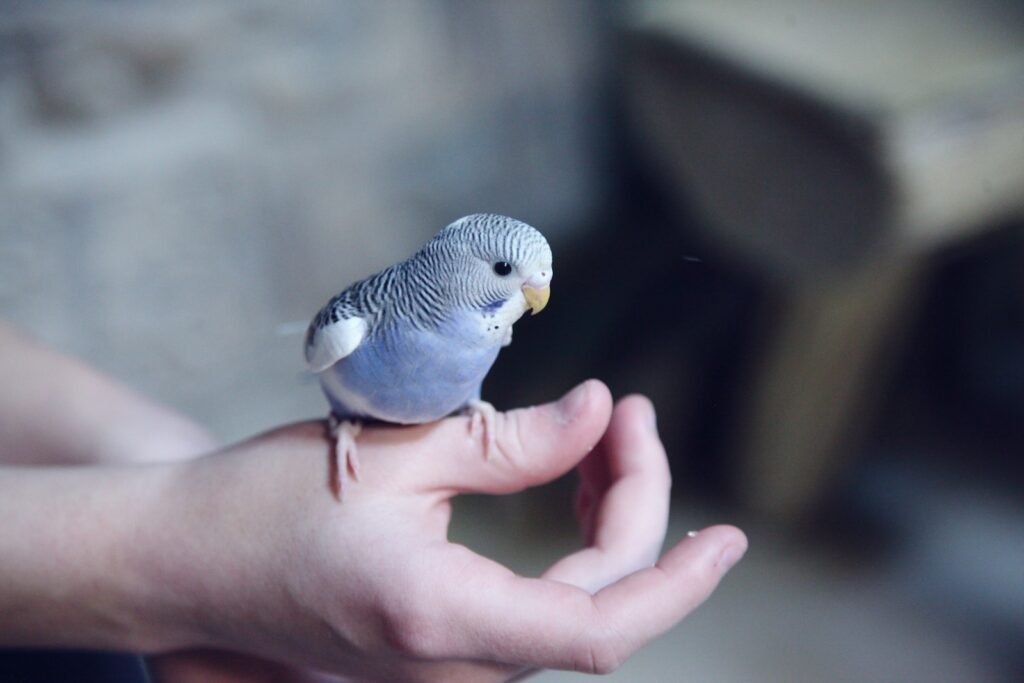Astrology promises personality clues; avian science demands husbandry facts. Between those poles sits a lively question now bubbling through rescue centers and living rooms alike: can zodiac archetypes help people choose a bird they’ll truly care for, long term? The risk is real – parrots and songbirds are frequently rehomed when expectations collide with reality, and that harms both birds and keepers. But there’s opportunity, too: use playful star signs as a soft gateway, then ground every choice in biology, welfare, and law. Think of it as a map with bright constellations at the top and solid field notes in the margins, guiding you toward a match that’s humane, sustainable, and honestly fun.
The Hidden Clues
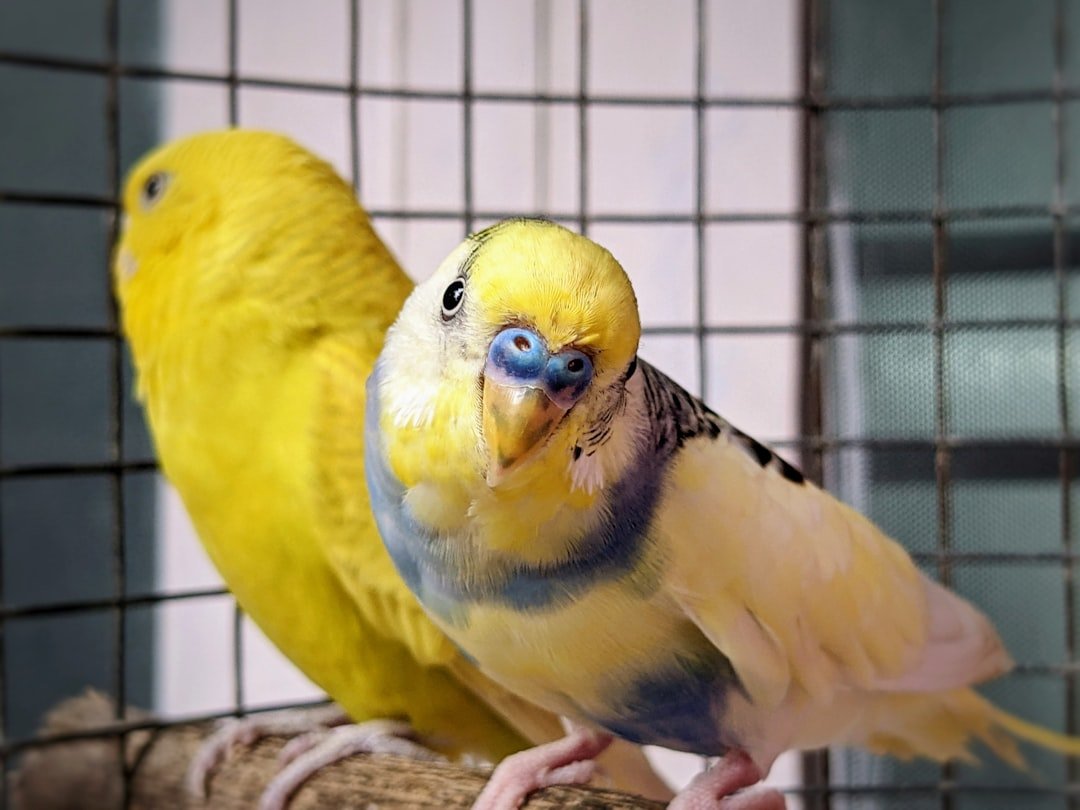
What if your sign’s stereotype nudged you toward a bird whose needs align with your energy, schedule, and noise tolerance? This isn’t destiny; it’s a conversation starter that gets more people asking the right questions about enrichment, lifespan, and space. Consider the fiery go-getter who craves playful chaos versus the calm homebody who loves a quiet routine – these are meaningful signals when you compare them to species-level differences in vocalization, dust, and daily interaction needs.
In practice, that means treating zodiac traits as mood lighting, not a spotlight. Use them to surface habits you already know: Are you meticulous or spontaneous; do you travel or nest; can you handle volume and mess? Those answers, not the stars, predict success with a conure’s antics, a canary’s calm, or a cockatiel’s companionship.
From Ancient Symbols to Modern Science
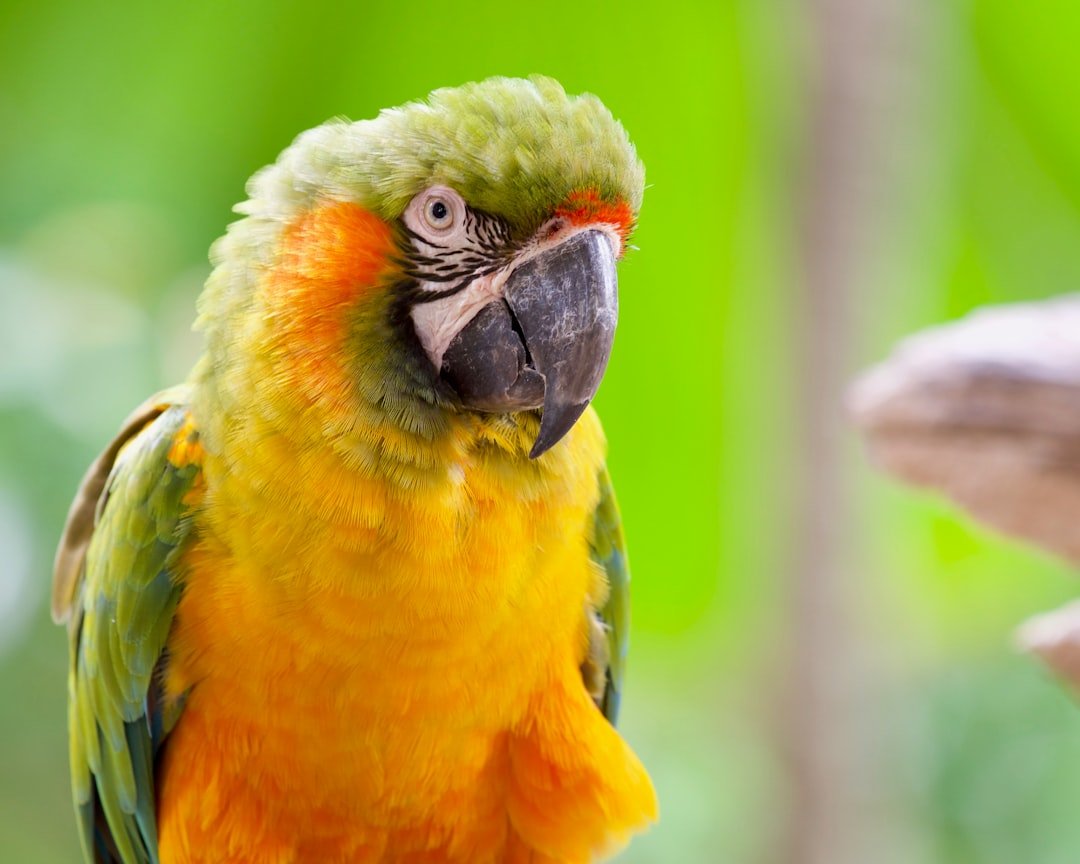
Astrology has always organized personality into vivid narratives; modern behavioral science swaps myth for measures like temperament and the Big Five. Shelters and breeders increasingly ask about household rhythms, sound sensitivity, and time available for social interaction, because these factors shape welfare outcomes. Parrot cognition research underscores why this matters: many species are intensely social problem-solvers that can become distressed without structure, challenge, and attention.
I’ve seen this play out in a rescue lobby where a reserved friend fell for a serene canary while I, a notorious tinkerer, bonded with a nosy cockatiel that kept undoing my zipper. We weren’t following a horoscope; we were recognizing ourselves in species traits. The takeaway is simple: personality frameworks, old or new, work best when they funnel people toward concrete, evidence-based husbandry choices.
The Evidence in Feathers: What Species Traits Tell Us

Species differ dramatically in cognition, sociality, and maintenance, and those differences are the backbone of any “perfect match” guide. Budgerigars are small, social, and quick to learn basic mimicking, but they still need daily flight time and mental play. Cockatiels tend to be gentle and expressive, thriving with predictable routines and moderate interaction; their powdery dander, shared with cockatoos, can challenge sensitive households.
Conures bring comic energy, bright curiosity, and a voice that can test thin walls, while canaries and finches excel as lower-handling companions whose song or activity enriches a room. African grey parrots offer striking problem-solving abilities and long lifespans, demanding serious commitment to enrichment, veterinary care, and stability. Legal and ethical context matters, too: some species like monk parakeets are restricted in parts of the United States, and all prospective keepers should prioritize captive-bred, legally sourced birds.
Twelve Signs, Twelve Birds – A Working Match List
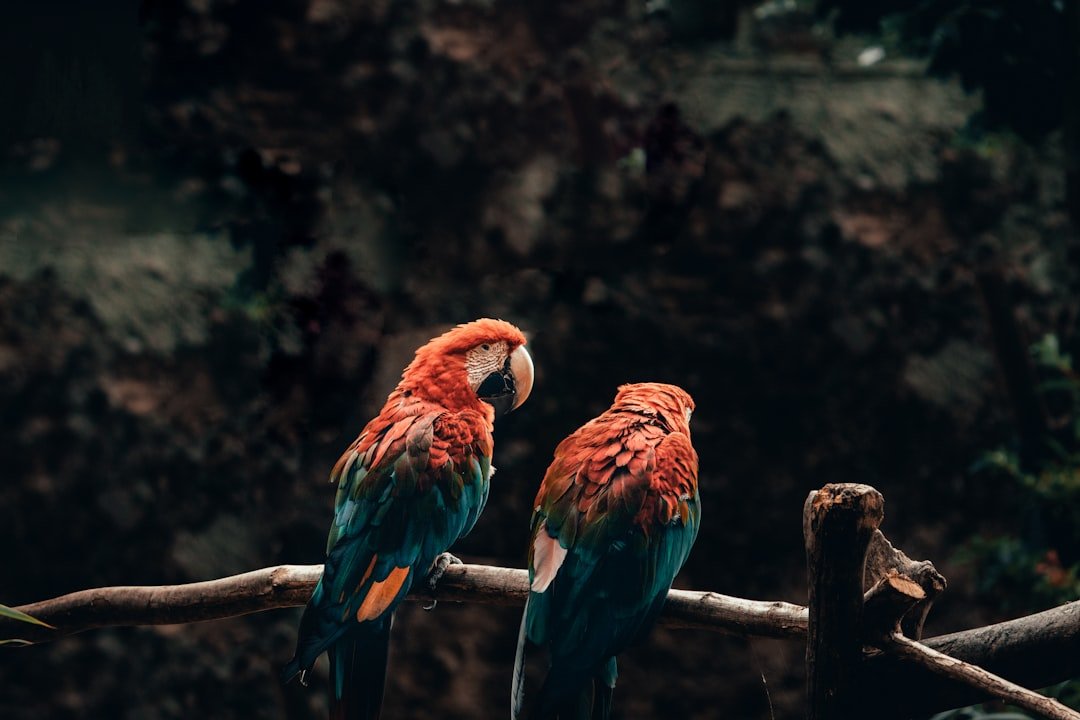
Here’s a practical, scientifically grounded way to treat the zodiac as a lens – not a law – by pairing archetypes with species traits that mirror lifestyle and temperament. Aries may thrive with a playful green-cheeked conure; Taurus with a steady, soothing canary; Gemini with talkative budgerigars that enjoy social variety. Cancer often bonds with affectionate cockatiels; Leo with charismatic sun conures that love a stage; Virgo with finches whose clean, structured enclosures reward careful routines.
Libra may appreciate lovebirds’ pair bonding and home aesthetics; Scorpio might relish the focused challenge of a Quaker parrot where legal; Sagittarius could match with exploratory lineolated parakeets that travel calmly; Capricorn with an African grey only if ready for decades of rigorous care. Aquarius can enjoy the quirky intelligence of parrotlets in thoughtfully enriched setups; Pisces may find joy in a melodious canary or gentle dove that encourages calm presence. Each pairing is a starting point, to be validated against noise tolerance, space, time, legal status, and veterinary access.
Why It Matters
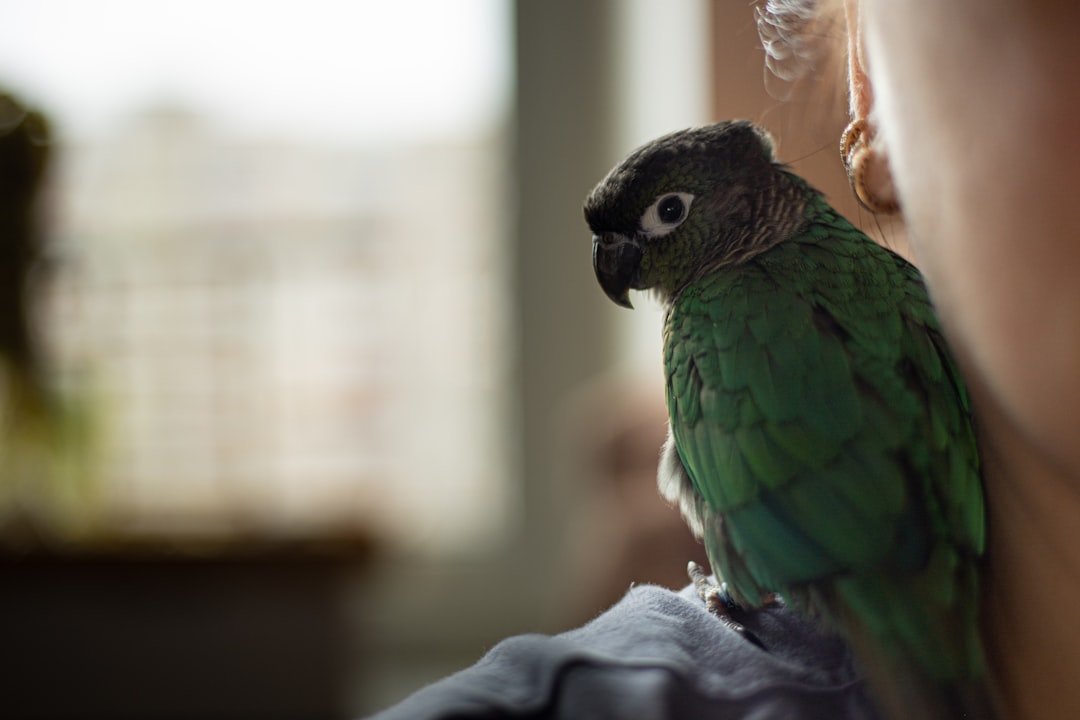
Parrots and songbirds are not decorative; they’re long-lived, cognitively complex animals whose welfare depends on informed daily care. Misalignment between a keeper’s routine and a bird’s needs can lead to stress vocalizations, feather damage, or repeated rehoming, which is heartbreaking and preventable. Traditional advice divides species into “beginner” and “advanced,” but that misses the nuance of human lifestyle and temperament that often decides whether enrichment and training actually happen.
Framing choices through an accessible narrative – zodiac or otherwise – can widen the audience for solid husbandry questions about sound, dust, lifespan, and social time. Compared with generic pet-store checklists, this approach prompts specific commitments: will you schedule foraging games, tolerate daily seed husk clean-up, and budget for avian veterinary care? That shift from impulse to intentionality improves outcomes for birds and the people who love them.
Global Perspectives
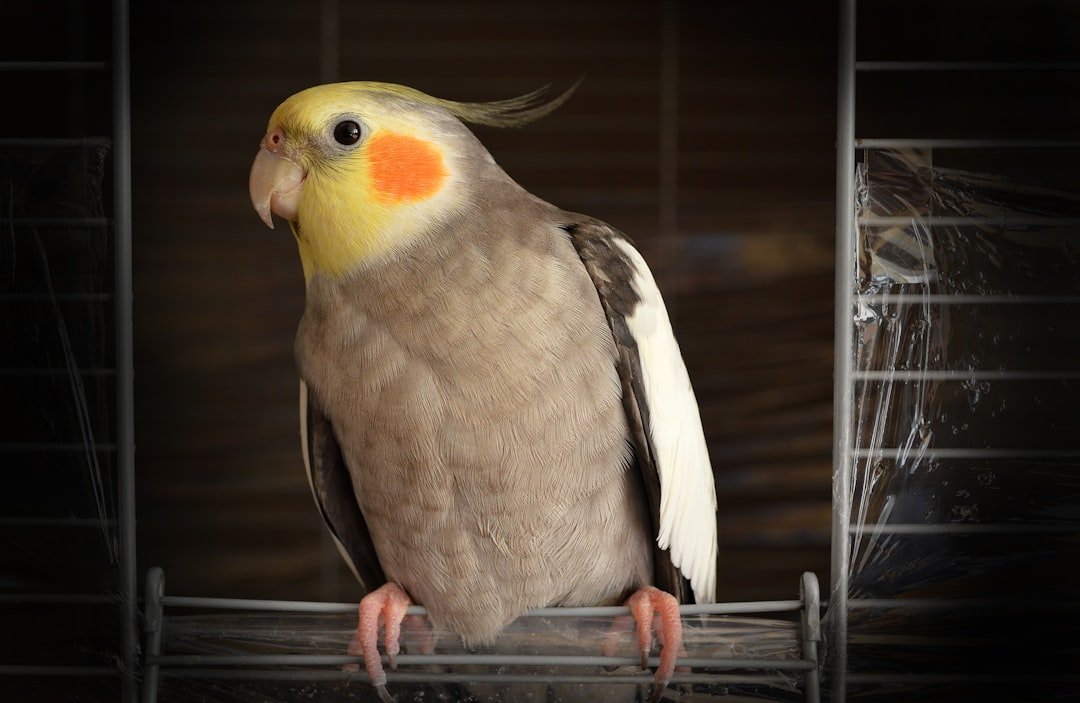
Aviculture sits within a web of international rules designed to protect wild populations and stop illegal trade. Many countries restrict import of wild-caught birds, and reputable sellers maintain documentation proving legal, captive-bred sources. Beyond legality, regional norms matter: in dense urban housing, neighbors and leases may limit acceptable noise profiles, pushing keepers toward quieter species and robust soundproofing habits.
Climate and culture also shape care, from humidity management during dry winters to availability of fresh vegetables for foraging trays. Rescue landscapes vary, too – some regions have thriving foster networks, while others rely on small volunteer groups to place relinquished parrots. A global lens reinforces a local responsibility: choose a species that fits where you live and the community that will share your bird’s songs and schedule.
The Future Landscape
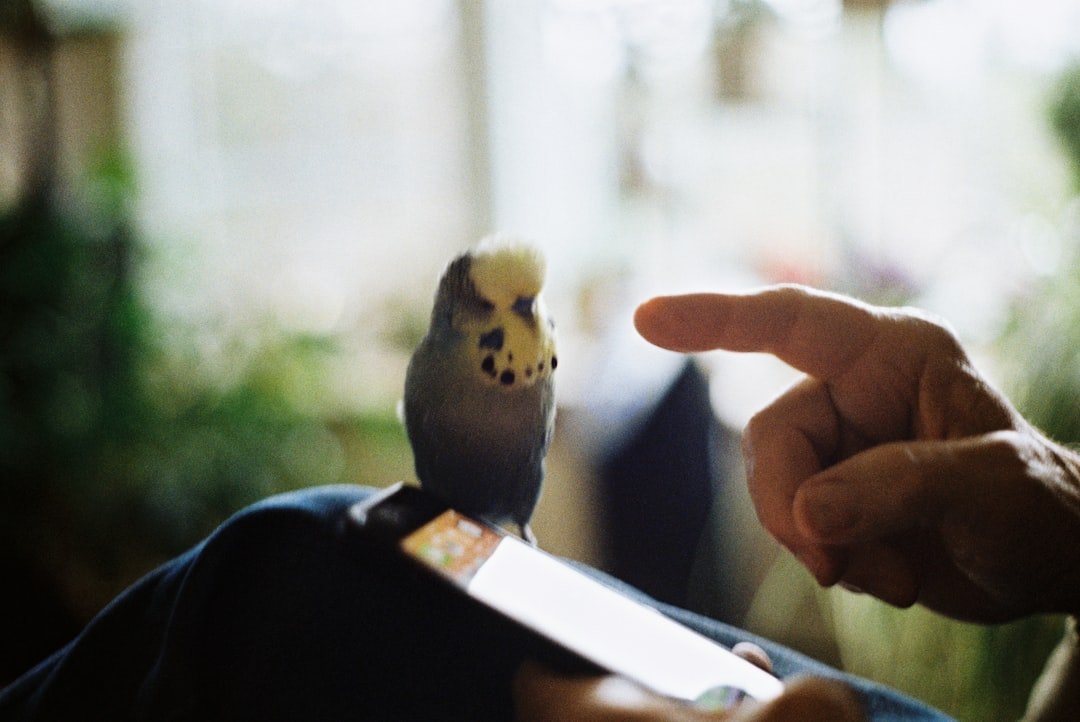
Matching tools are evolving as rescues adapt algorithms from dog and cat adoption to track bird-specific variables like noise tolerance, dust sensitivity, and daily interaction capacity. Smart perches that log weight trends, feeders that meter foraging time, and room sensors that monitor air quality are moving from novelty to normal, giving keepers early warnings and richer enrichment. Training methods continue to shift toward positive reinforcement, with short, structured sessions that respect a bird’s choice to engage.
On the research front, long-term studies of cognition and welfare are refining enrichment recommendations, from puzzle complexity to social housing options. Ethical breeding discussions are centering on temperament, health, and transparency rather than rare colors alone, while laws affecting species such as monk parakeets remain in flux. Expect more data-driven matching in the next few years, but remember: the best algorithm still needs honest answers about your time, space, and noise comfort.
Field Notes for Real-Life Fit

Before you map stars to species, walk through a normal week and log where a bird would realistically fit. Morning person with predictable routines? Species that enjoy steady schedules and softer songs often thrive with you. Love spontaneous trips and late nights? A needy, highly social parrot may struggle without daily structure, no matter how much you adore its personality.
Test your sound tolerance by playing recordings of typical calls at realistic volumes, and visit a rescue to experience dust, dander, and seed mess firsthand. Plan for veterinary access – avian specialists can be scarce – and calculate the total cost of a proper cage, toys you’ll rotate, and fresh foods. If you still feel excited after that reality check, you’re already making a better decision than a dozen impulse scrolls.
How to Act Now
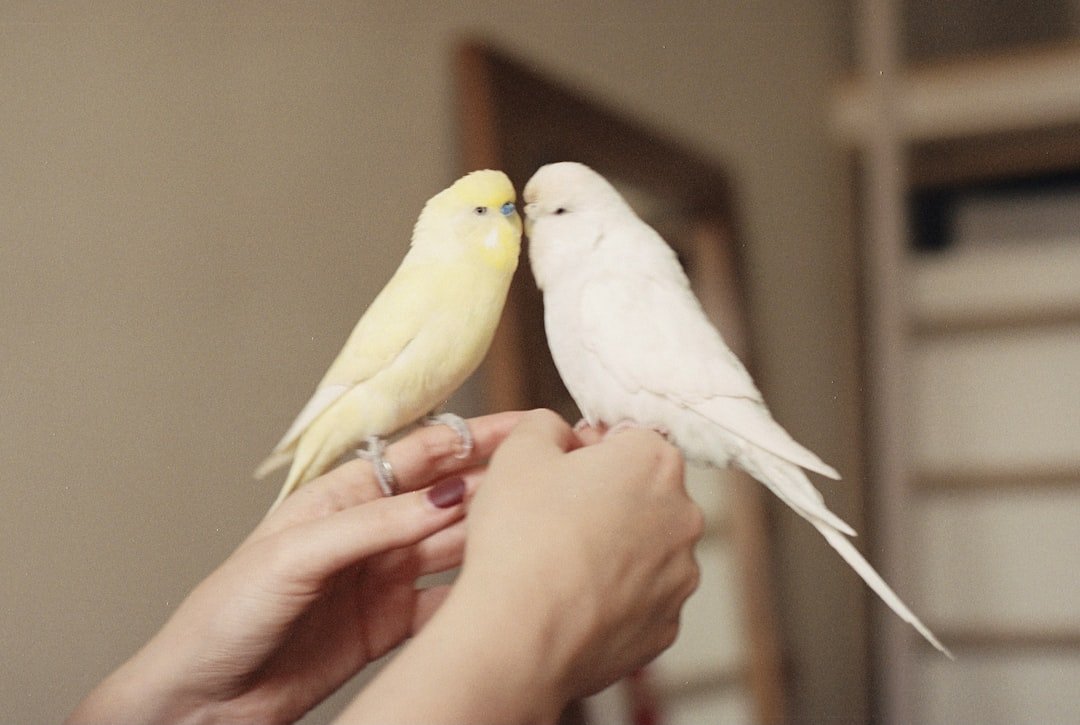
Start by shortlisting two or three species that match your lifestyle on noise, interaction, and space, then use zodiac archetypes as a fun tie-breaker rather than a driver. Visit rescues and reputable breeders, ask to observe feeding and cleaning routines, and practice short training sessions to test your comfort with positive reinforcement. Set up the environment before adoption – appropriate cage size, multiple perches, foraging toys, and a quiet sleep window – so your first week is calm, not frantic.
Confirm local laws, especially for species with regional restrictions, and identify an avian veterinarian for a wellness exam within the first weeks. Commit to enrichment as a daily habit, not an occasional treat, and to re-evaluating fit if life changes. If this process sounds energizing rather than exhausting, you’re on the right path – so which bird’s song feels like home?

Suhail Ahmed is a passionate digital professional and nature enthusiast with over 8 years of experience in content strategy, SEO, web development, and digital operations. Alongside his freelance journey, Suhail actively contributes to nature and wildlife platforms like Discover Wildlife, where he channels his curiosity for the planet into engaging, educational storytelling.
With a strong background in managing digital ecosystems — from ecommerce stores and WordPress websites to social media and automation — Suhail merges technical precision with creative insight. His content reflects a rare balance: SEO-friendly yet deeply human, data-informed yet emotionally resonant.
Driven by a love for discovery and storytelling, Suhail believes in using digital platforms to amplify causes that matter — especially those protecting Earth’s biodiversity and inspiring sustainable living. Whether he’s managing online projects or crafting wildlife content, his goal remains the same: to inform, inspire, and leave a positive digital footprint.

